What is bending forming?
Bending forming is a forming technology widely used in the field of metal processing. It is most widely used in the sheet metal processing industry. General machinery is generally Press Brakes and plate rolling machines. It applies external force to the metal sheet to make it plastically deform, thereby obtaining the desired shape and size. Compared with other forming processes, this method has the advantages of simple operation, low investment, and stable product quality. It is widely used in machinery manufacturing, building decoration, electronic appliances and other industries.
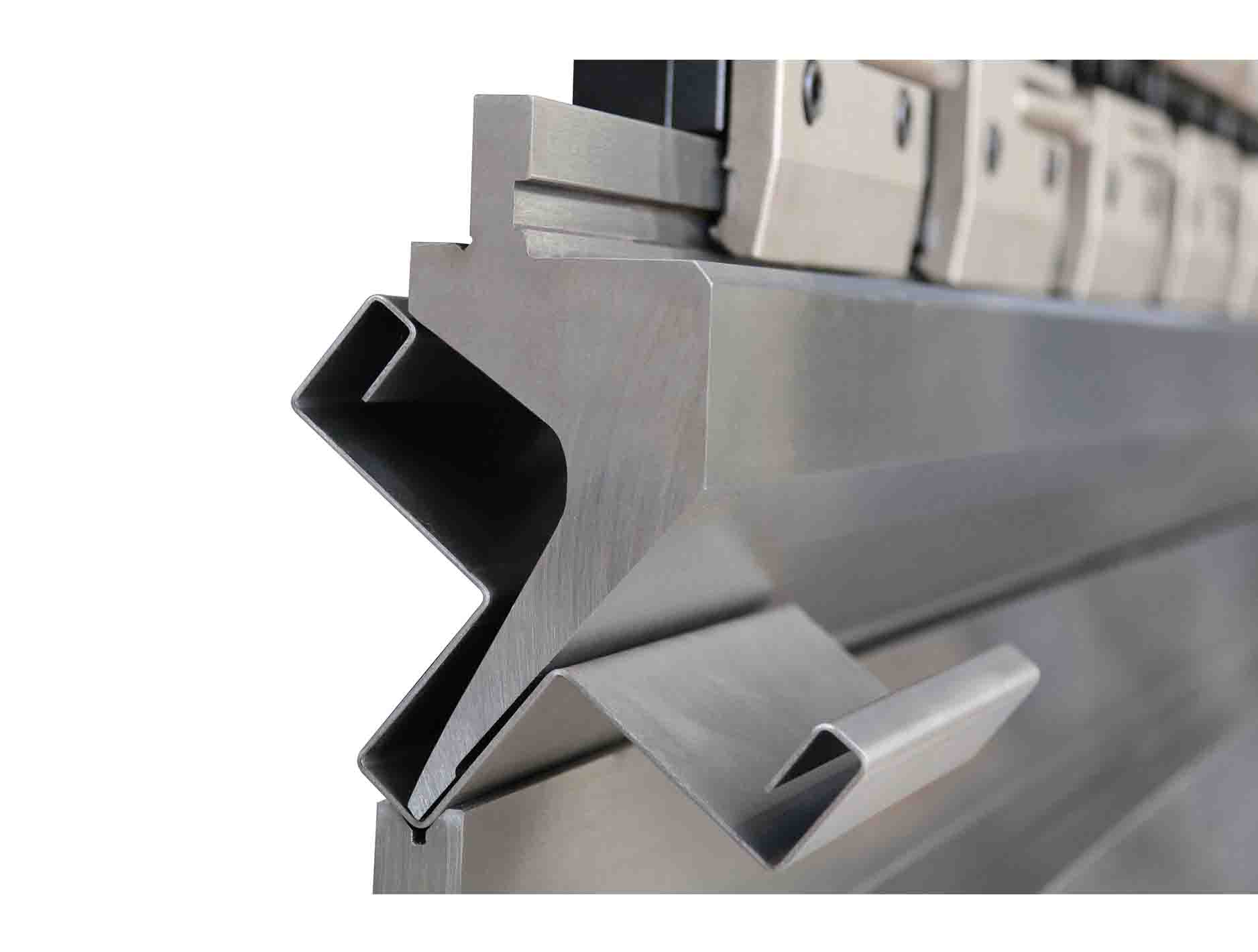
Basic principles of bending forming
The core of bending forming is to utilize the plastic deformation characteristics of metal sheets. When the loading force is greater than the yield strength of the metal material, the material will undergo plastic deformation, thereby producing the desired bending shape. Many factors need to be considered in this process, such as material thickness, bending radius, fixture design, etc., to ensure the final product dimensional accuracy and appearance quality.
Common bending forming methods
1. Manual bending: Use hand tools such as pliers and hammers to perform simple bending processing on small pieces of metal sheets. Suitable for the forming of small batches and simple components.
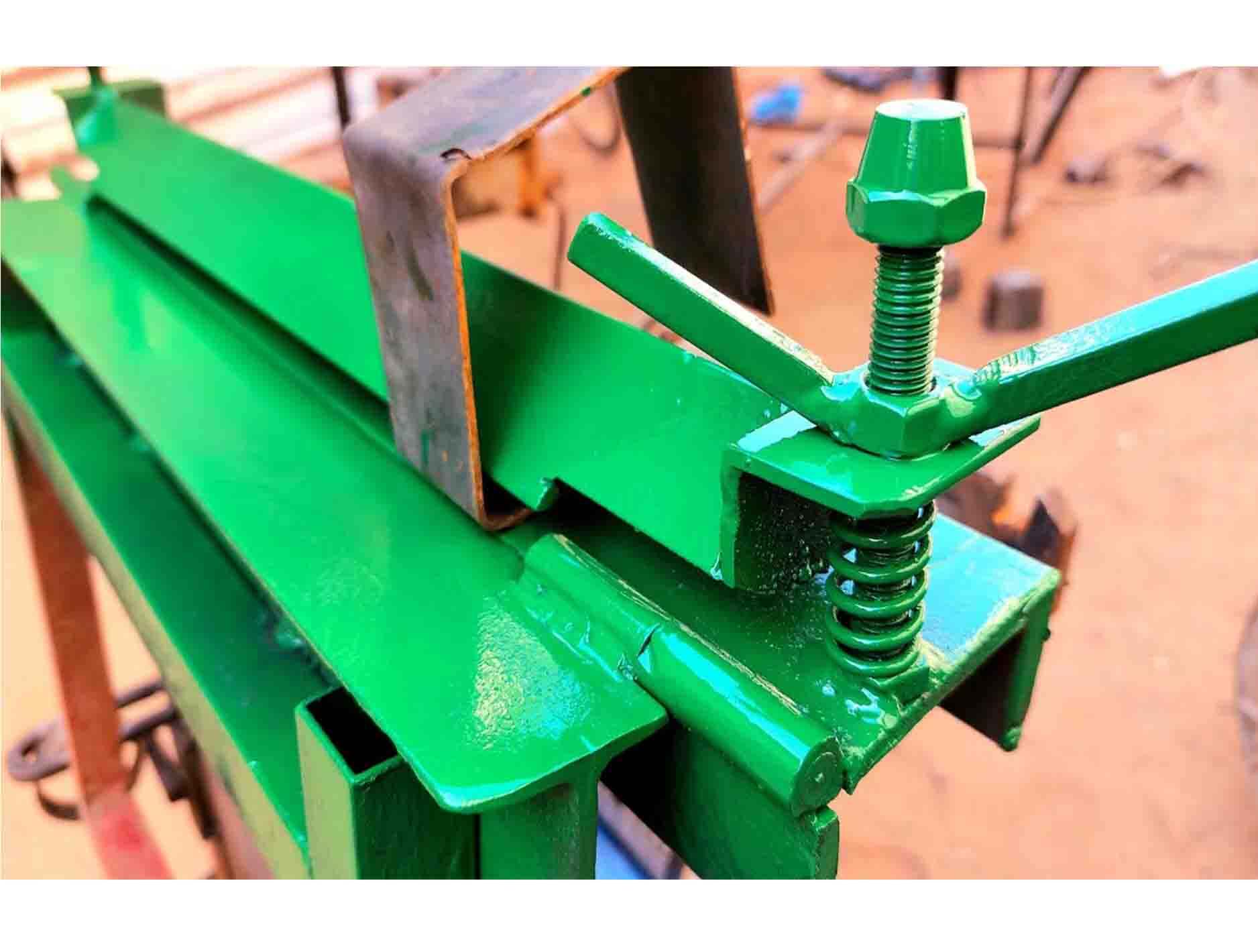
2. Mechanical bending: Bending is done with special equipment such as Press Brakes and hydraulic presses. It can realize the forming of large quantities of complex components and is suitable for standardized production.
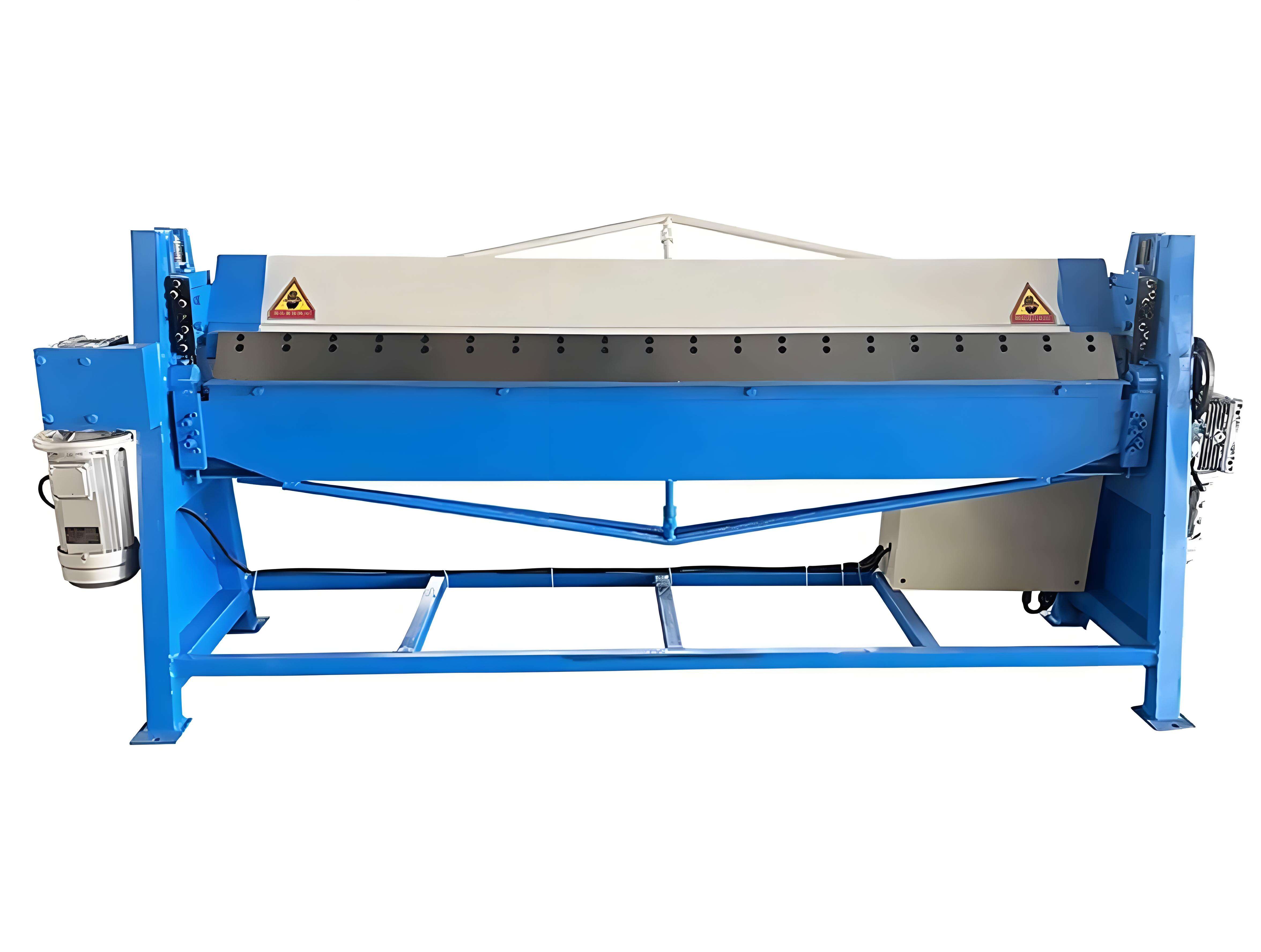
3. Rolling bending: Use one or more pairs of forming rollers to continuously roll and bend metal sheets. It is suitable for forming components with longer lengths and smaller bending angles.
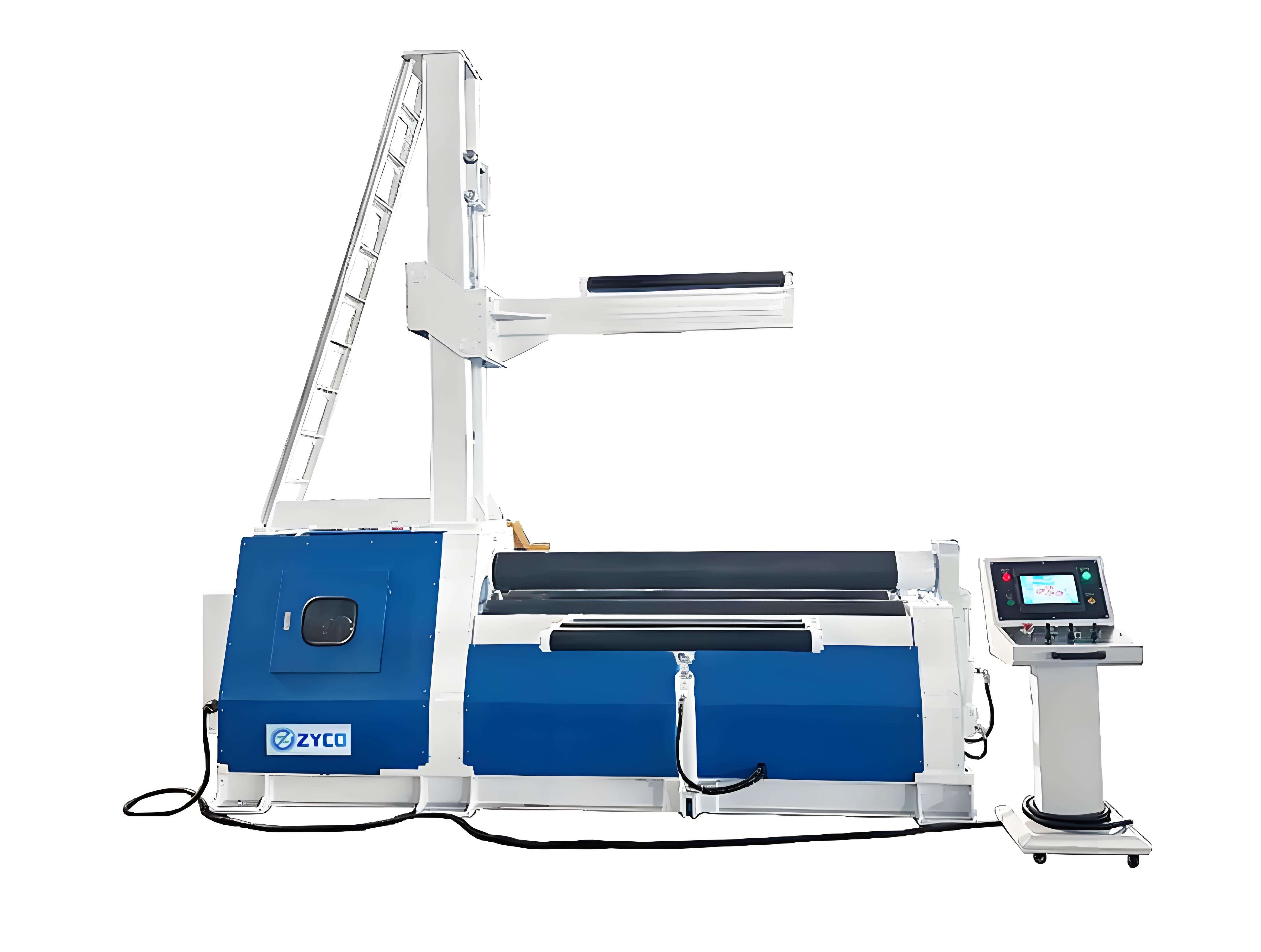
4. CNC bending: Apply CNC technology to bending processing and complete the automated forming of complex components through program control. It can achieve high-precision and high-efficiency bending processing.
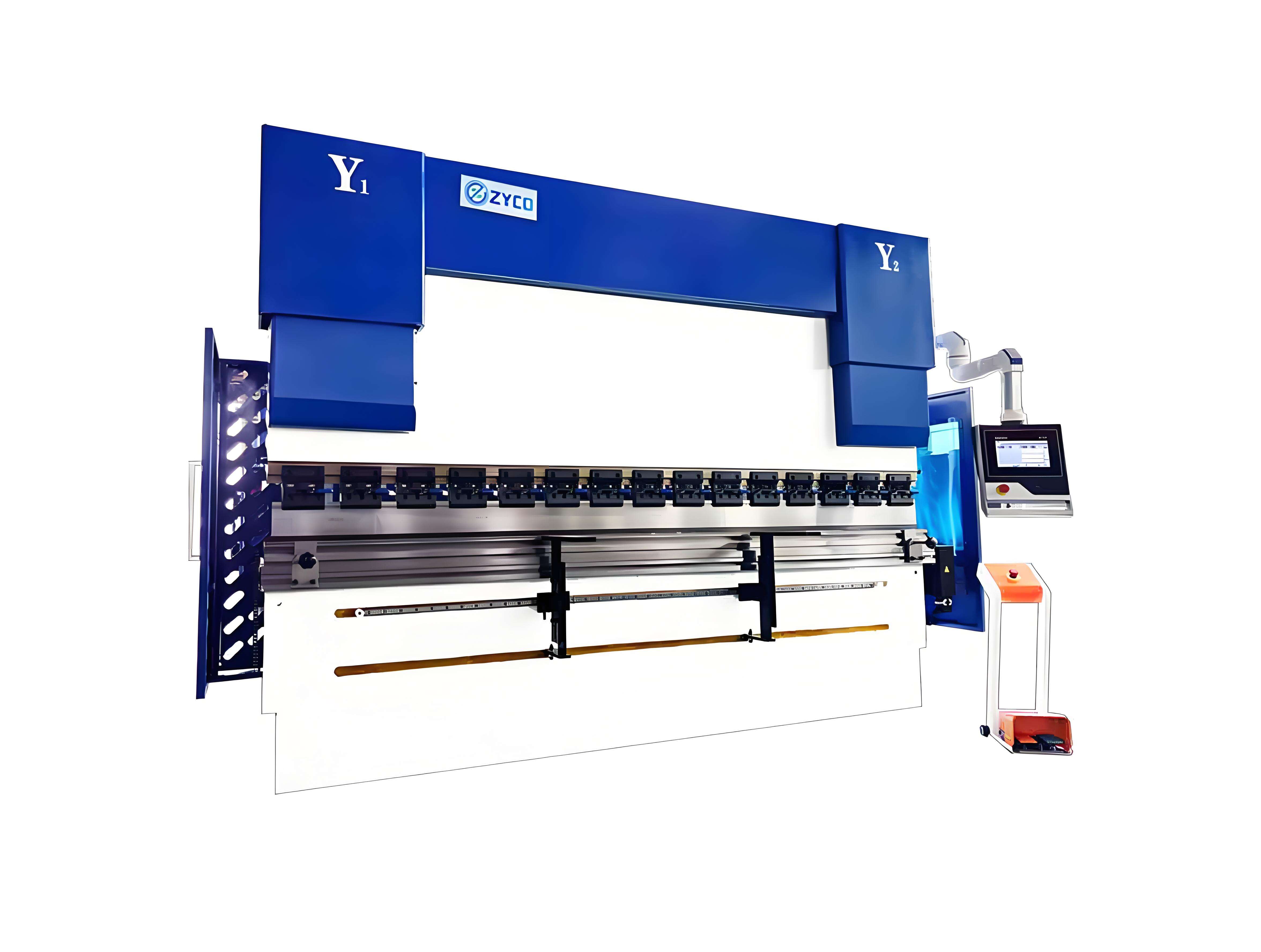
Precautions for bending and forming
In practical applications, it is necessary to fully consider factors such as metal material characteristics, process parameters, and fixture design to ensure bending quality. For example, an appropriate bending radius can avoid material breakage, a reasonable bending angle can help improve dimensional accuracy, and reasonable process parameters can help improve production efficiency. At the same time, attention should be paid to the surface quality and stress state of the workpiece to meet the requirements of use.
In short, bending and forming is a simple and efficient metal processing method that is widely used in many industries. By mastering the basic principles and common processes of bending and forming, metal processing companies can continuously improve product quality and production efficiency to meet market demand.
Leave your email address and requirements, our professional sales team will develop the most suitable solution for you.
Copyright © 2025 Nanjing Zyco Cnc Machinery Co., Ltd. All Rights Reserved.
 Network Supported
Network Supported